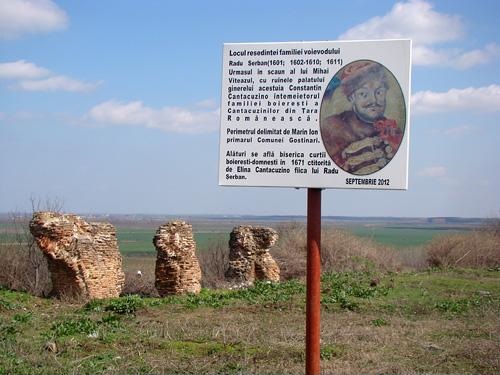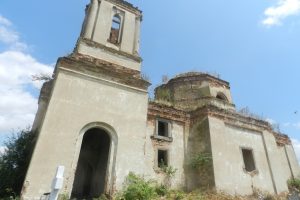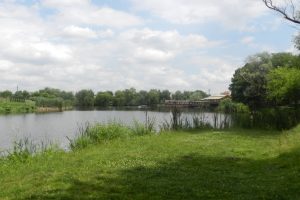

The mansion represented the place of the residence for the family of the voivode Radu Șerban.
Radu Șerban came, on the mother’s side, from the old family of aristocrats of Craiovești. Some historical sources state the fact that he was the nephew of Neagoe Basarab (who would have had, besides Teodosie, another son, named Șerban).
He became a great ruler during the times of Michael the Brave, having his principal residence at the real estate from the village Coiani (today Mironești, county of Giurgiu, on the border of Argeș, south from Bucharest). On throughout almost the reign of Michael the Brave, Radu Șerban occupied the high office of great cupbearer.
He was the holder of the biggest individual aristocrat domain from Wallachia at the end of the XVIth century, holding 71 villages and other parts of villages. His wife, Elina, daughter of the ban Udriște, she also brought him a significant dowery.
After the sudden death of Michael the Brave and the short reign of the moldavian Simion Movilă, Radu Șerban arrived on the throne of Wallachia in October 1601, with the support of the great aristocrats Preda, Stroe and Radu Buzescu, to whom he was an uncle after mother, and who, enjoying a great political and military authority, constantly supported his reign.
The first year of reign was a very difficult one, Radu Șerban having firstly to fight with the former prince, Simion Movilă, until he, being abandoned by the Polish troops sent by Jan Zamoyski, great chancellor of the crown, had to retreat in Moldavia, then with Radu Mihnea, the candidate at the throne, supported by the Turks.
Radu Șerban tried to obtain the military support from the Hapsburg Empire, in order to come back on the throne of Wallachia, but all he got were promises and beautiful words. Although even in the country came urging letters from the aristocrats, who still remained faithful to him, through which he was asked to come with his troops in order to turn back this “Turkish gentleman” (allusion to the fact that the new prince, Radu Mihnea, was the son of Mihnea the IInd Turcitul, who disowned the Christian faith, passing to Muslims), the court from Vienne didn’t want to risk another war with Turkey, which meant in fact the abandoning of the cause of Radu Șerban. [19]
Radu Șerban didn’t get the chance to see his country again. He died at Vienne, in March 1620, almost at the age of 60, and his end was hurried – after the confession of his nephew, the steward Constantin Cantacuzino – of a “serious and long disease of gout”, following his life in the army. As a tribute brought to the fighter for the cause of Christianity, the emperor Ferdinand the IInd decided to burry him in the Saint Steven Cathedral from Vienne, a privilege reserved to the imperial family. But his descendants didn’t forget him and his tomb wasn’t covered by the dust of anonymity. His daughter, Ancuța, married with Nicolae Pătrașcu, son of Michael the Brave, later brought in the country the relics of hes father and the ones of her husband. The relics of Radu Șerban and of Nicolae Pătrașcu were placed in a common grave at the Monastery Comana, the inscription from their tomb reminding the fact that they fought “both hard and vigorously for the law and for the land with the pagan Turks and Huns.”



